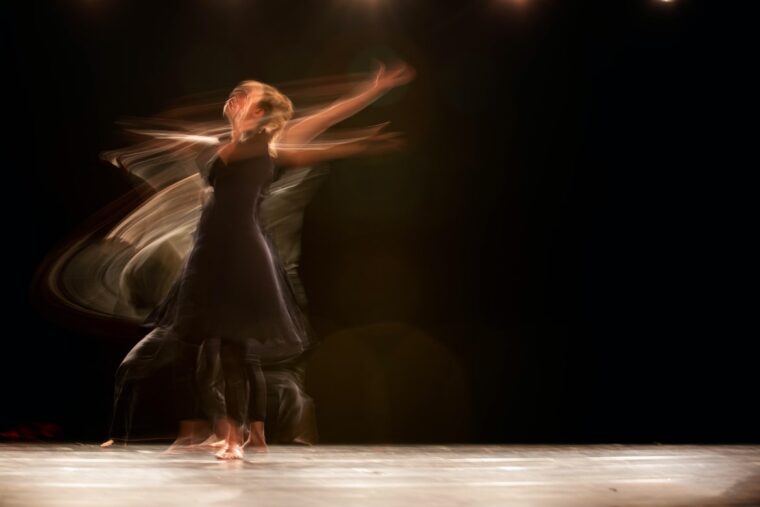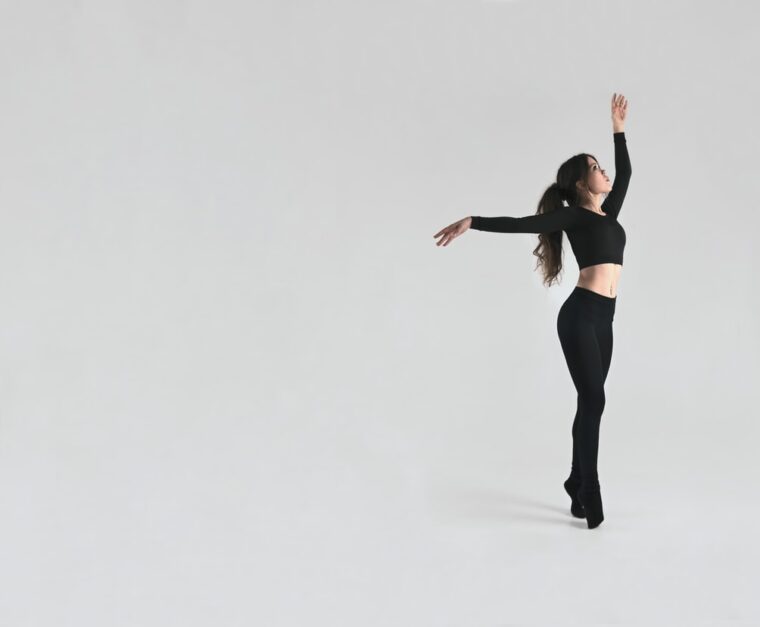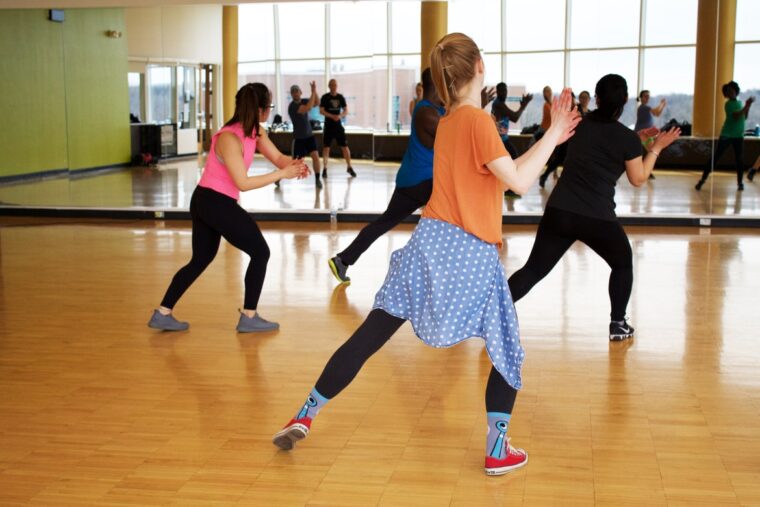Art is a constantly evolving blend that provides a unique opportunity for us to understand things better, to communicate about the things we see, feel, think, and experience. Individuals and groups may use art to bring up a narrative among them.
Dance is a form of art that belongs to the category of ‘performing arts,’ a way for a person to communicate their inner feelings, thoughts, and experiences. Dance is a natural form of self-expression: the body and the soul express themselves spontaneously. Regardless of our unique circumstances, we are independent creatures. Our bodies show how free they are via dance while simultaneously revealing the limitations that our thoughts place on them.
The moves are used as a vehicle for experiencing, comprehending, transmitting thoughts, sentiments, and emotions in dance. To be proficient in dance, one must first understand and apply the art’s substance, language, abilities, and methods.
The core principles and language for developing movement abilities and understanding dance as an art form are the components of dance. In dance or even a short movement phrase, all of these characteristics are present at the same time. Therefore, let us look at dancing as a means to train our mind and body in this article.
Types of Dance Forms And Their Health Benefits

There are numerous dance forms to select from, each with its own set of benefits. The following are some of the most popular dance styles:
- Ballroom dance includes waltz, swing, foxtrot, rumba, and tango, among other kinds of partner dancing and helps individuals with their posture and social conduct.
- Hip-hop is an urban dance style that includes popping, breaking, freestyle, and locking to hip-hop music.
- Pole dancing, as a form of fitness, has been gaining popularity. It entails sensual dancing with a vertical pole and calls on muscular strength and coordination.
- Square-dancing is a sort of folk dance in which four couples dance in a square pattern, rotating partners and moving around each other and helps individuals gain agility.
- Salsa is a partner dance that emphasizes rhythms and sensuality and is influenced by the Caribbean, Latin American, and African elements.
- Jazz is a high-energy dancing form that incorporates kicks, jumps, and twists to the music’s tempo. Zumba, a very popular workout regimen originated from the dance form.
- Belly dancing is an exciting workout that originated in the Middle East and is now gaining popularity among the masses worldwide.
- Ballet is a dancing style that emphasizes strength, skill, and flexibility. It is usually performed to classical music. If you want through the roof body flexibility and agility, enroll yourself in ballet dance classes today!
- Tap dancing is a kind of dance that emphasizes time and rhythms. The term comes from the tapping sounds created when the dancer’s shoes’ little metal plates make contact with the ground. The dance form helps in gaining incredible coordination and agility.
Can Dancing Boost Your Creativity and Memory?

- Dancing stimulates the brain’s other impulses and connections. It allows you to see things from a different perspective. You can also reply in a creative manner and find answers. You’ll notice that you’re making different choices than usual. You can use dancing as a technique to break through patterns and habits that have been ingrained in you. There’s scope for new ideas once more. Because studies have shown that training and practice may modify brain patterns, and dance is a great way to do it. Creativity can be enhanced by strengthening and sustaining connections between brain cells. This type of thinking is referred to as “outside the box” thinking.
- Taking dance classes may be an adventure in which you learn new things. Physical activity and a person’s mental state are linked. As a result, you can utilize dance to learn new abilities and express your creativity. When you attend a dancing class, you must continue. It’s not for nothing that we refer to it as a voyage rather than a finding. When you start something new, feelings of irritation and incomprehension are totally normal. Accept it and go on to the next phase. Then it takes root, and you begin to experiment with your new abilities, becoming more creative as a result. If you don’t like it after a while, you can certainly stop, but you have given it a fair try.
- Dance provides an outlet for your emotions and allows you to process them. It aids in processing, just like writing, journaling, playing music, or sketching. A tool for sorting things out and making a place for new ideas and feelings. Dance is an inventive activity that can yield unique and valuable creative outcomes. It can assist you in breaking out of your shell and freeing yourself from blocked thoughts. That’s how dance affects you. No wonder dance therapy exists. The assumption of dance therapy is that ailments may be observed in the body as well as in a person’s movements. Dance and movement can be used to explore, examine, and provide a home to feelings, behaviours, and ways of thinking. Dance therapy, like other forms of treatment, provides numerous health advantages.
- Your memory will improve as your neural synapses get more complicated. Learning anything new, such as dancing choreography, is an efficient approach to developing new brain pathways. As a result, your brain can quickly access stored information and memories, such as names and locations.
- No one can deny that dance lessons have both mental and physical benefits. You exert physical effort, which necessitates strength and stamina, and you recall choreography, which necessitates a good memory. The link between these elements is muscle memory. In fact, walking through the steps of a routine to “mark” it is an excellent approach to memorize choreography. When dancers do the moves entirely, this allows them to repeat them with more fluidity.
- You may not be concerned about the cognitive decline of old age as a young dancer, but according to studies, dancing reduces the risk of dementia by 76%. Bicycling, swimming, and golfing were among the other physical activities that had no effect. However, dancing was found to be even more effective than cognitive pursuits like reading and crossword puzzles in sustaining mental clarity.
Do you want to enroll yourself in a dance class that is as much about dance as it is about the well-roundedness individuals strive for? Contact Quicksteps today for a session!
Conclusion: Why should you incorporate dance into your lifestyle?

Since we have learnt so much about dancing, its various forms, benefits, both physical and mental, what’s stopping you from enrolling into dance classes and seeing for yourself the magic they cast?
